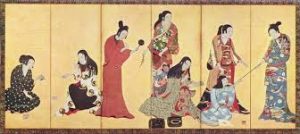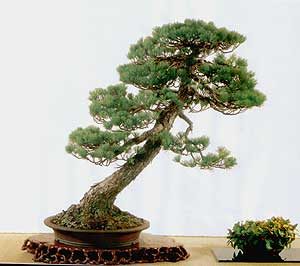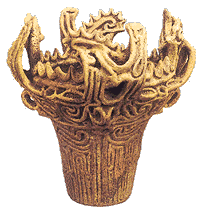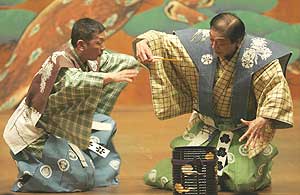and southeastern
CLOTHES IN TRADITIONAL JAPANESE ARTS
 In today’s world, traditional clothing naturally gives way to a European dress. Kimono is also subject to change. Now it is made using modern dyeing and weaving technologies. Its decoration changes according to demand. The national costume, along with other cultural phenomena, has become a platform for experiments in attempts to find new opportunities for its development and transformation today. But despite any social and cultural changes, the world of traditional arts in Japan remains almost unchanged, which makes this country unique in the eyes of the whole world. Continue reading
In today’s world, traditional clothing naturally gives way to a European dress. Kimono is also subject to change. Now it is made using modern dyeing and weaving technologies. Its decoration changes according to demand. The national costume, along with other cultural phenomena, has become a platform for experiments in attempts to find new opportunities for its development and transformation today. But despite any social and cultural changes, the world of traditional arts in Japan remains almost unchanged, which makes this country unique in the eyes of the whole world. Continue reading
BONSAI: UNIVERSE IN TREE
 In the East, trees, herbs, and flowers are worshiped as living beings. They conduct confidential conversations with them, as with close friends. They are idolized. Monuments are erected to beloved plants when their life suddenly ends. It has been so since ancient times. Previously, they asked for wind and rain not to break trees. In ancient chants they prayed for an extension of the instant of flowering.
In the East, trees, herbs, and flowers are worshiped as living beings. They conduct confidential conversations with them, as with close friends. They are idolized. Monuments are erected to beloved plants when their life suddenly ends. It has been so since ancient times. Previously, they asked for wind and rain not to break trees. In ancient chants they prayed for an extension of the instant of flowering.
Trees in the East are perceived as beings standing on a par with humans, and they tend to experience the same feelings. The Buddhist idea that everything has a soul and can be reincarnated into anything it attracts to contributes to this understanding of the world.
A man is connected with trees by family ties. All these are phenomena of a single essence, as Zentika tells about it in the play “Basho”, or “Banana Tree”:
The East, permeated with symbolism associated with plants, sometimes well-known, never ceases to Continue reading
HISTORY OF CERAMICS OF JAPAN
 The discovery of archaeological sites with ceramics of about 13 thousand years old on the Japanese islands in the early 60s was at that time a real world sensation, refuting the popular belief that the Middle East was the center of the earliest pottery. Today, ceramic complexes aged 13-10 thousand years are known not only in Japan, but also in the south of the Russian Far East, in eastern and southeastern China, in Korea.
The discovery of archaeological sites with ceramics of about 13 thousand years old on the Japanese islands in the early 60s was at that time a real world sensation, refuting the popular belief that the Middle East was the center of the earliest pottery. Today, ceramic complexes aged 13-10 thousand years are known not only in Japan, but also in the south of the Russian Far East, in eastern and southeastern China, in Korea.
1. ANCIENT CERAMICS. The oldest pottery in the world was first discovered on the Japanese archipelago. In 1960, during the excavation of a primitive site in Fukui Cave (Nagasaki Prefecture, Kyushu Island), fragments of clay vessels were discovered whose age, according to radiocarbon analysis, is about 13 thousand years. Most of the monuments are open in the central and southern parts of the island. Honshu, in the north of Fr. Kyushu. The oldest ceramic complexes of the most northern island of Hokkaido date back to about 9 thousand years. Samples of ancient Japanese ceramics Continue reading



